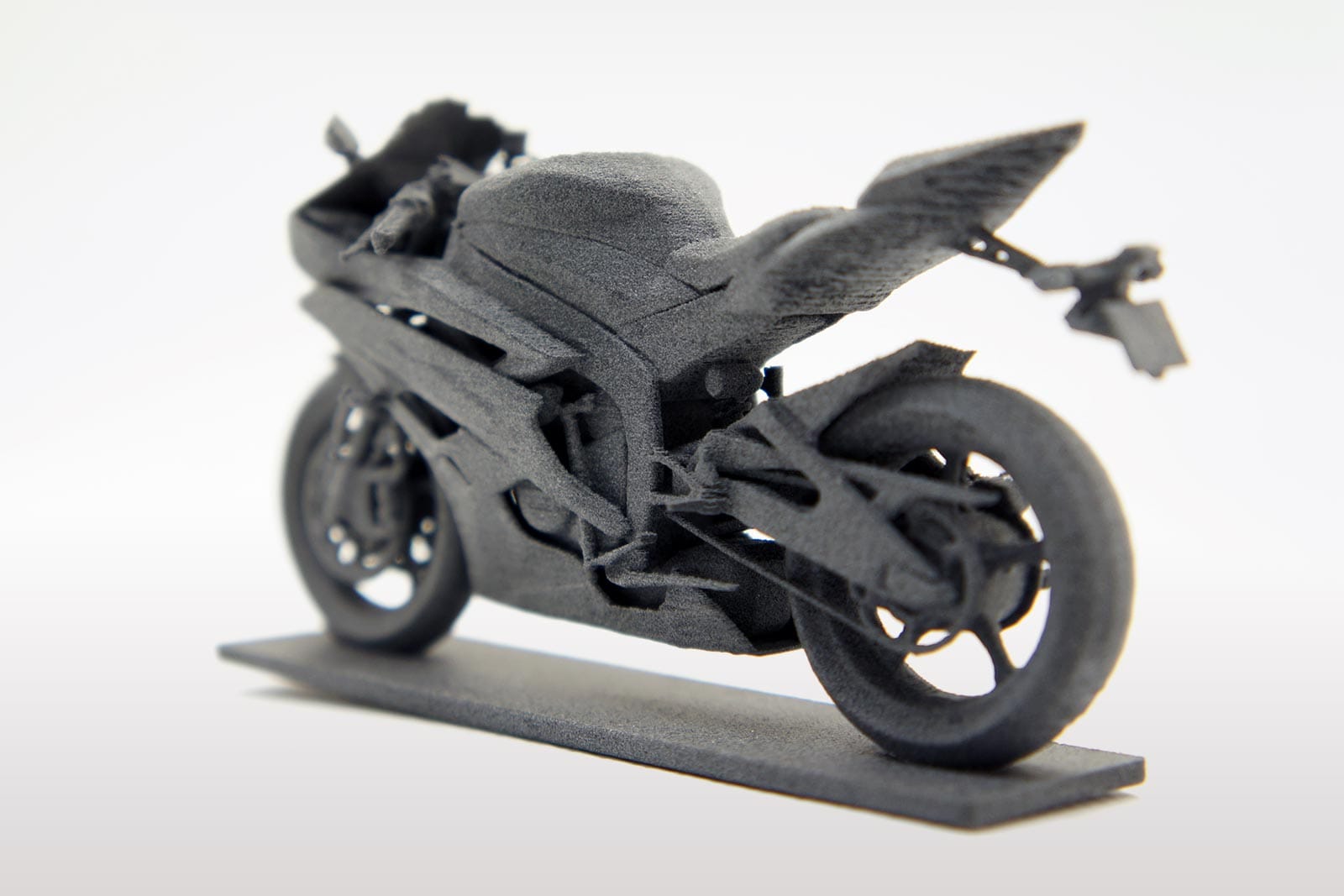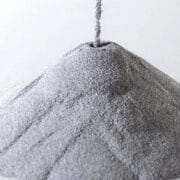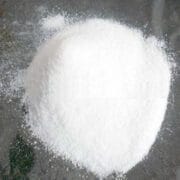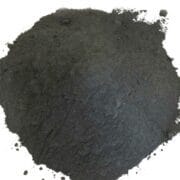Selective laser sintering (SLS) has become a go-to additive manufacturing technology for creating high-performance functional prototypes and end-use parts across industries like aerospace, automotive, and medical. But while SLS offers game-changing benefits like rapid prototyping, complex geometries, and excellent mechanical properties, the technology requires some specific design considerations.
Follow these comprehensive SLS design guidelines and you’ll be able to optimize parts for accuracy, functionality, aesthetics and more.
Dialing in Wall Thickness for Strength and Resolution
Probably the most important SLS design rule is to maintain adequate wall thickness. SLS 3D printing involves fusing together layers of powder material with a laser. Thin walls under a certain threshold can lead to porous, weak parts.
For sturdy nylon parts, 0.035 in (0.9 mm) is a good minimum wall thickness target. Polyamide blends and other high-performance plastics can go thinner, around 0.020 in (0.5 mm) for rigid results. Metal 3D printing powders like stainless steel need thicker walls starting at roughly 0.060 in (1.5 mm).
Increasing thickness also leads to better resolution. Thinner walls magnify the layer-like stepping effect on surfaces. Aim for at least 0.125 in (3 mm) walls for cleanly defined edges and intricate features.
It’s especially important to avoid thin overhanging walls and protrusions without underlying support from the powder bed. Consider thickening these areas or optimizing the orientation to avoid print failures.
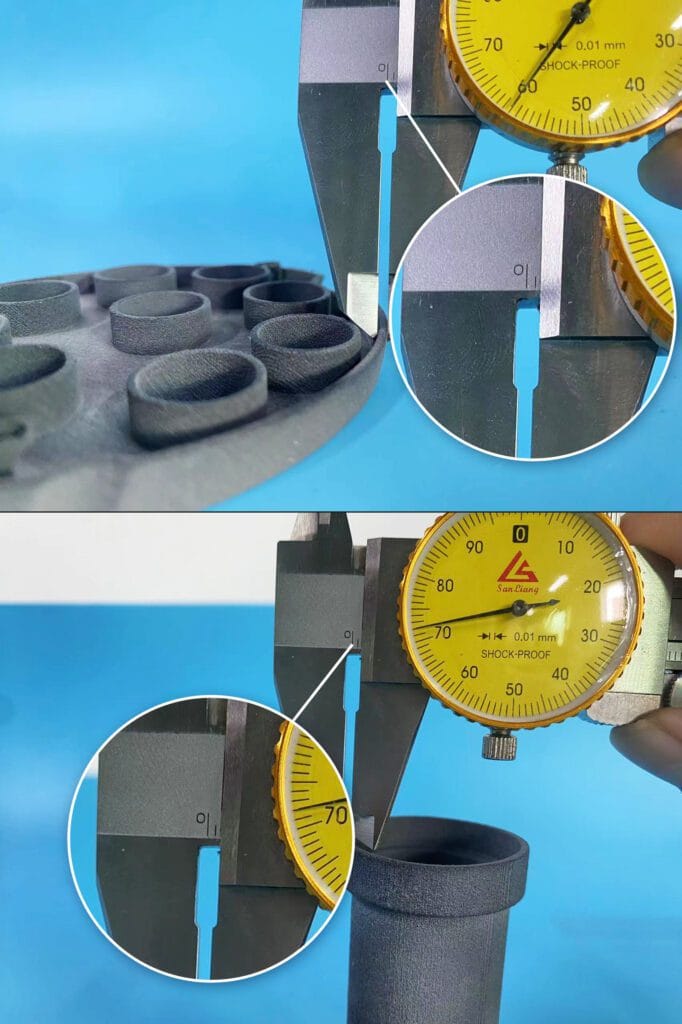
Smoothing Surfaces Through Design and Post-Processing
The layered SLS process results in a characteristic matte, grainy surface finish. There are a few strategies to smooth your parts:
- Finer layer thickness– SLS printers can apply layers as thin as 0.004 in (0.1 mm) for high definition parts. Thinner layers reduce the stair-stepping effect.
- Surface texturing– Intentionally designing geometries and textures onto upward facing surfaces hides layer lines. Common textures include dimples, waves and mesh patterns.
- Post-processing– Media tumbling, sandblasting, vapor smoothing and other finishing steps effectively polish SLS printed components.
- Machining– CNC machining, drilling and other subtractive techniques can achieve smoothness beyond 3D printing resolutions.
With some creativity and post-processing, even smooth curves, contoured surfaces and detailed precision designs are possible with SLS.
Choosing the Optimal Material for Your Application
SLS 3D printing works with a range of plastic, metal, ceramic and composite powders. Selecting the right material for your specific needs is key:
- Nylon– The most common SLS material, provides excellent strength, thermal resistance and durability. Popular for functional prototypes and production parts. Can be dyed various colors.
- Aluminum & Steels– Enables lightweight metal parts for high heat and tough applications. Yields superior stability and material properties. Requires finish machining.
- Thermoplastic Composites– Polymer blends with glass or carbon fillers offer enhanced mechanical characteristics like stiffness and abrasion/chemical resistance.
- Ceramics– Advanced technical ceramics available for thermal, electrical insulation and other extreme environment applications.
Work closely with your SLS 3D printing service to dial in the optimal material. They can help analyze application requirements and recommend the best powder.
Leveraging SLS Support-Free Benefits
A major advantage of SLS is the ability to produce complex geometries and interior features without dedicated support structures. The surrounding powder bed supports overhangs and cavities as each layer solidifies.
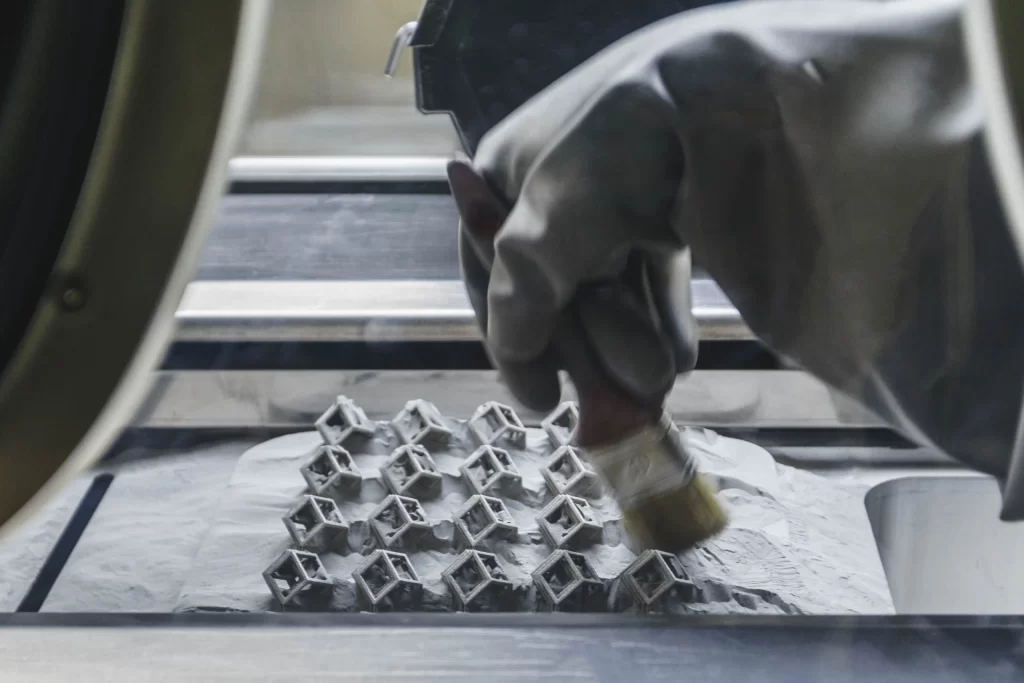
While external supports aren’t needed, some internal design considerations will help:
- Hollow internal channels benefit from holes for powder removal.
- Deep cavities should have an angle over 45° for powder evacuation.
- Moving interlocked parts need a small escape channel.
Take advantage of SLS’s supportless freedom, but incorporate holes and clears where needed.
Achieving Precise Tolerances Through Orientation and Design
Good dimensional accuracy starts with proper part orientation. Placing thin, flat geometry perpendicular to the Z-axis minimizes tolerance issues from layer misalignments. Consider breaking large flat areas into sections for better accuracy.
Fine details are also easier to resolve when oriented upwards since each layer bonds to a solid plane below. Downward facing intricacies print less precisely.
Tolerances vary by material, printer, finishing, and factors like section thickness. In general SLS can achieve:
- ±0.15% tolerance on XY dimensions
- ±0.5% tolerance on Z dimensions
- Minimum wall thickness of 0.030 in (0.75mm)
Work with your SLS provider to orient parts optimally and allow for achievable tolerances. Machining and annealing can further improve precision when required.
Finalizing Parts with Dyeing, Coatings and Other Post-Processing
With some additional processing, SLS printed parts can take on enhanced aesthetics and functionality:
- Dying– Nylon SLS parts absorb dye exceptionally well for full, vibrant colors from any palette.
- Metal coating– Applying a layer of copper, nickel, chrome or other metals via electroplating gives plastic SLS parts a real metallic finish.
- CNC machining– Subtractive milling, drilling, tapping and other precision machining yields refined details and accuracy.
- Vapor smoothing– Chemical vapors melt surfaces slightly for smoother, glossier finishes.
- Abrasive finishing– Media tumbling or sandblasting polishes and textures SLS parts.
Determine any required post-processing upfront and communicate needs to your SLS printing service.
Ready to Design Parts for SLS Success?
SLS offers game-changing rapid prototyping and performance materials, but it pays to design parts with the technology’s guidelines in mind. Consider wall thickness, surface finishes, ideal build orientation and more when modeling for additive manufacturing. With thoughtful design and an experienced SLS 3D printing partner, your intricate, robust and functional concepts can become a reality.

